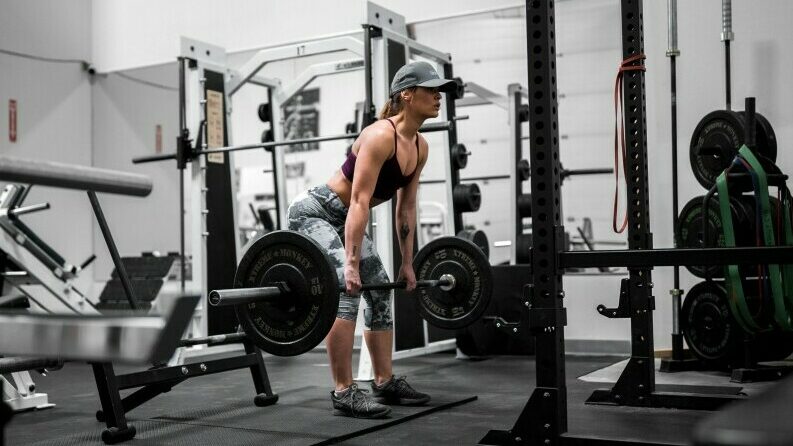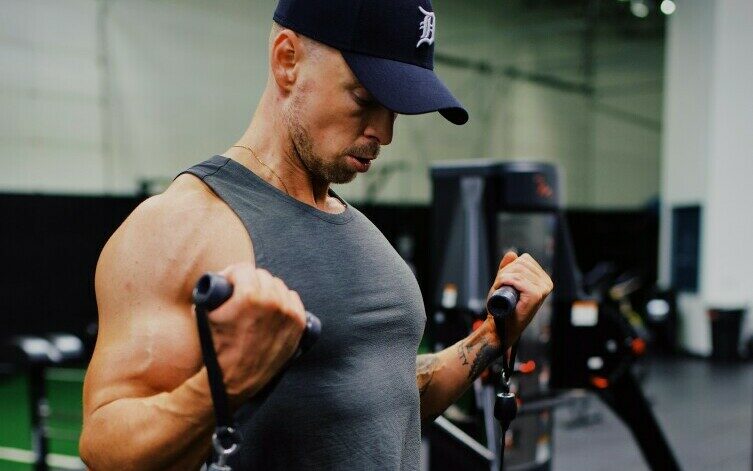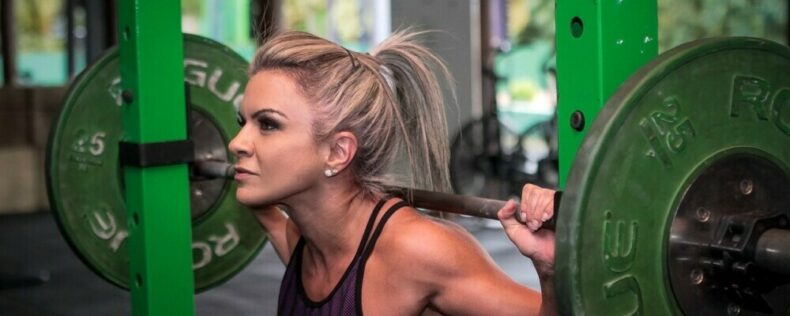In some of my other posts, I’ve referenced the use of compound exercises vs. isolation exercises without really getting into what these terms mean and how these types of exercises differ. With this post, I hope to clear up any confusion you might have.
Diving into these concepts can get a bit technical, so without getting too complex, I’ll explain how compound movements differ from isolation movements, what each type accomplishes, and whether you should include both in your routine.
What’s the Difference?
The difference between compound exercises and isolation exercises is in the number of muscles they recruit. Compound movements simultaneously work multiple muscle groups, whereas isolation movements engage one specific muscle group at a time. Common examples of compound workouts include bench pressing, squatting, and deadlifting. Popular isolation workouts include bicep curls, tricep extensions, lateral raises, and leg curls.
Why Compound Exercises?

The most important benefit of compound exercises is that they’re great for building overall strength. Since compound movements involve multiple muscle groups, as you progress with these exercises you’ll grow stronger in all the engaged areas.
This is why even with only compound workouts, you’ll gain a good amount of muscle all around and develop a decent foundational physique. Of course, you’ll see growth in the main muscles that are worked out, but you’ll find that other muscles you didn’t even realize were involved have also undergone a transformation. A great example of this is with the bench press. Bench pressing primarily trains the chest muscles, but also recruits the front deltoids and triceps and does a pretty good job of developing these muscles.
The use of multiple muscle groups in compound exercises leads to some other benefits as well. Because you’re able to train several muscle groups with one movement, you don’t need very many exercises to cover all of the major muscles in your body. This means you can still effectively train while doing fewer exercises and saving time at the gym.
Additionally, because you’re using more of your body at once, performing compound workouts tends to be more exhausting than performing isolation workouts. Comparatively, you’ll maintain a higher heart rate and burn more calories, which could help with potential fat-loss goals.
Why Isolation Exercises?

Even with all the benefits of compound movements, that’s not to say that isolation movements are inferior. There are also many pros to doing isolation exercises. Isolation workouts are meant to improve strength and size in a specific muscle group. If you have weak and underdeveloped muscles in particular areas, it’s important to do isolation exercises that focus on these muscles in order to make them stronger.
Doing isolation exercises is also crucial if you want to optimize your physique. Although compound workouts will help you build muscle in many areas, they won’t necessarily maximize the amount of muscle you can develop in some secondary areas. If you really want to carve out muscles in your arms, shoulders, and legs, for example, you’ll need to target these regions with additional isolation exercises.
Lastly, a particular benefit of isolation exercises for beginners is that they’re usually easier to learn and perform. They typically involve fewer motions and require lighter weights, so they’re not as daunting for beginners to try. There’s also more room for error when doing isolation workouts. If you haven’t yet mastered the form and technique for isolation movements, although you might not be doing them as effectively, there’s less of a chance you’ll hurt yourself. On the other hand, doing compound movements with improper form is very risky and will almost certainly lead to injury.
Can You Just Choose One?
What happens if you only perform one of these types of exercises?
If you only do compound workouts, you’ll develop great functional strength and achieve decent muscle growth. However, you may be left with an imbalanced physique because all your muscles won’t receive the same amount of stimulation. The primary muscles involved will see the most improvement, whereas secondary muscles won’t benefit as much.
Bringing back the bench press example, I mentioned that benching also activates the front deltoids and triceps. However, while your chest will see significant growth, these other muscles will only strengthen to the point at which they can support the weight you’re benching, and won’t be nearly as developed as if you were to also to train them in isolation. Therefore, you need isolation movements if you want to target and maximize growth in all of your muscle groups, as it’s not something you can do by simply relying on a few compound exercises.

On the contrary, if you only do isolation workouts, you’ll be able to give adequate attention to every individual muscle group, but it’ll be more difficult to increase your overall strength. Isolation workouts don’t coordinate the collective strength of different muscle groups, so even as individual muscles get stronger, they aren’t able to learn how to work together to make your body more robust as a whole. In addition, compound movements often work your core and other smaller muscles which you might otherwise not think to train separately, but are essential for improving your general body strength.
The Best of Both Worlds
The fact is that compound and isolation workouts shouldn’t be viewed as alternatives to each other. They each provide their own unique benefits, but by themselves also have major shortcomings. In reality, they should serve as complements to get you the best possible results. If you want to both get stronger and build a balanced physique, it’s essential to incorporate a combination of both types of movements into your routine.

